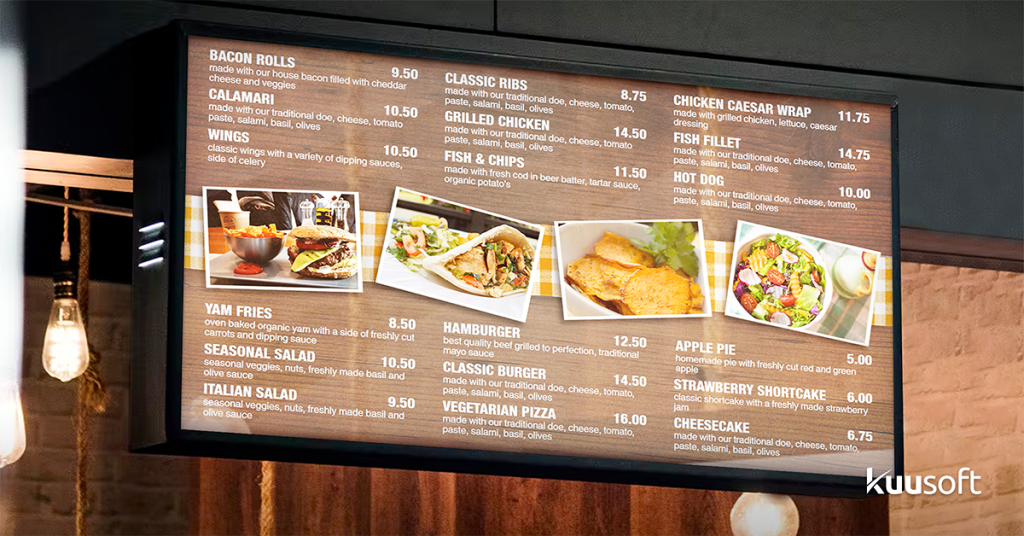
Digital signage is user-friendly and opens cross-platform integration and interaction. With each new development in the field, more versatile, secure, and stable solutions are built. But, regardless of how sophisticated the software or design is, the physical installation environment still needs to be considered for digital signage.
Designing digital signage requires thinking outside of the screen – and, no, this is not a play on words. Elements unique to each location and display affect customers’ ability to see the digital sign.
Here are 3 key considerations when choosing where and how to install digital signage:
1. Effects of Light
The brightness of a display is expressed in nits. The higher the nit measurement, the brighter the display. Commercial-grade displays usually have nit measurements that range from 400 to 700, but some of the newer displays can be much brighter. However, an important aspect to keep in mind is that higher brightness adds to the cost of the display.
Evaluating light levels in the installation environment is essential before choosing a display. It is essential to choose the signage and its design that fit the particular requirements of the environment.
Example:

In an outdoor installation environment, consider whether the screen will be directly facing the sun. If yes, choose a display readable in direct sunlight. Many outdoor digital signage options have light sensors (or auto-irises) to detect the light and adjust the brightness levels.
Glare is the number one enemy of digital signage. It is a visual sensation caused by excessive or uncontrolled light. It can happen in the daytime or at night. Even the best image quality can be negatively influenced by the glare. It occurs when ambient light is reflected by a highly glossy surface. Not only outdoor environments pose this threat, but places like shopping malls or airports, can present this challenge as well.
Since digital signage can inform, educate, entertain and persuade customers, it is important to consider the lighting conditions in the potential digital signage location.
2. Steam Damage

In the food service industry, digital signage is a key aspect because digital menu boards are beneficial in many ways. One of the reasons is that with vivid images and animations, the food items become more appealing to the customers’ eye. Plus, they can advertise special deals and promotions that increase product sales.
So, as a key player in the food service industry, digital signage needs protection from common electronic-damaging elements. Digital signage installations have many components, such as cables, screens, and media players. Each component has the potential to malfunction therefore it is important understand its surroundings. For example, if a screen is not environmentally sealed, steam can condense and damage the inside of the display.
3. Unique Architecture
Even the best digital signage can be blocked from customers’ viewpoint with the surrounding architecture. It is easy to overlook such environmental elements if the company has multiple locations all with unique interior design.
When it comes to digital signage, people must be able to see it, read it, and interact with it. So, proper visibility is crucial and the placement of your signage within the location you choose affects its success.
Consider different types of hardware like a portrait kiosk or a counter-top display, that have the right capabilities to suit the environment. Plus, it is recommended to explore various available mounting options to make sure that the chosen display will be securely attached.
Example:

A portrait kiosk can be the appropriate solution that attracts customer attention while seamlessly fitting into its surroundings like a high foot traffic location beside the staircase.
Digital Signage Installation Environment: Bottom Line
Digital signage installations are growing every year. But before purchasing digital signs, it is essential to consider all the factors. So, to prepare for investing in your budget into digital signage, review its potential surroundings. When taking into account the three considerations outlined in this article, you can prepare and ensure that your displays are used to their full extent.
You can learn more about NexSigns’ Digital Signage solution and connect with us on Facebook, LinkedIn, X, and YouTube to get the latest info on digital signage!





